
I spent a few days a week at Meeting Street School observing the inclusive classrooms.
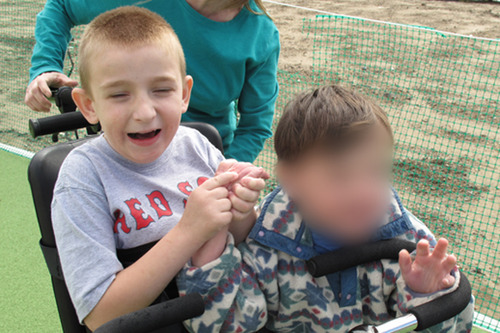

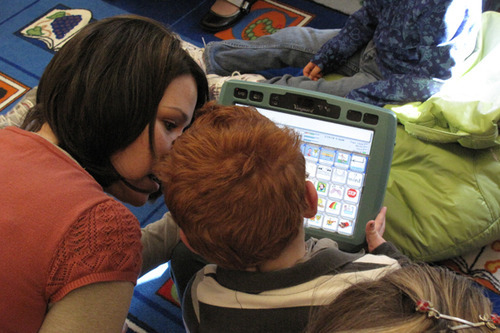
I met with a graduate student in Performance Studies at Brown, who introduced me to Subaltern studies. She brought up concerns about giving voice to people and whether it would be empowering and authentic.
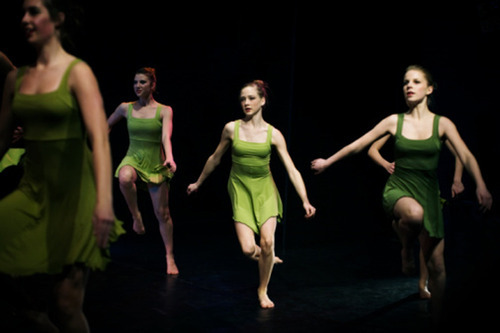
After our conversations I decided to include a non-linguistic means of communication and looked to characters from media who communicate effectively without language.


In order to consider what messages it might be important to share, I asked my classmates about their communication. These cards are their answers to the question: "What is one thing about your personality you wish other people knew, but it isn't immediately obvious?"

Taking advantage of the vortex effect in vertical axis wind turbines can create exciting new opportunities to collect wind turbines in compact urban spaces.


When fish swim in formation they transfer energy to each other so the whole group is faster and more efficient.

The effect is similar to the way cogs turn each other.


When turbines are arranged in this way they can increase their production by 100%. This discovery makes it possible to collect wind power in areas typically considered too small for wind harvesting.

There are dozens of highway interchanges in Rhode Island, and thousands all over the country that could be used as future sites for the collection of power, where currently nothing useful is being done.
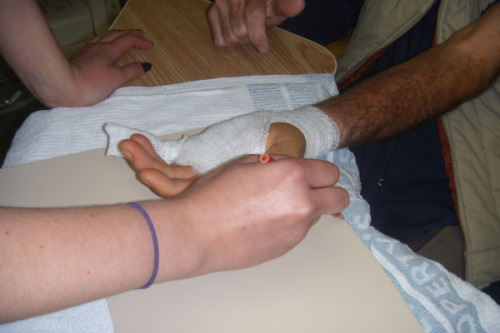
To research the project I spent several days a week in the VA hand clinic observing and interviewing therapists, patients and surgeons.
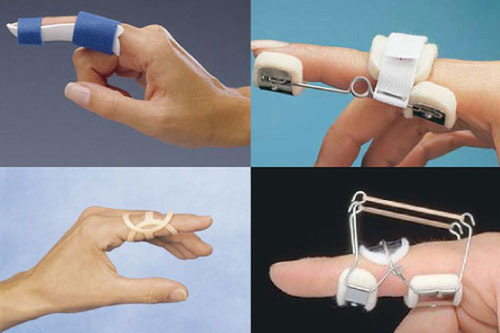
I also did a literature review and detailed study of splints available on the market, looking at their designs and functional problems.
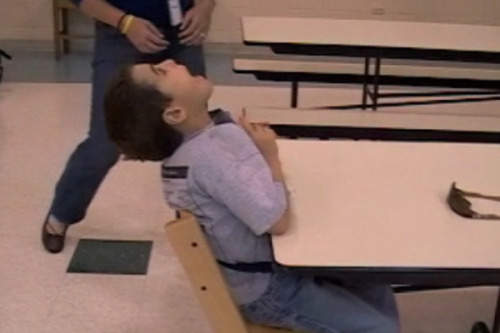
The overarching research problems were:
1. How can I ask Garrett what he wants, when Garrett does not use words to say what he wants?
2. How can research challenge existing perceptions of what is right?
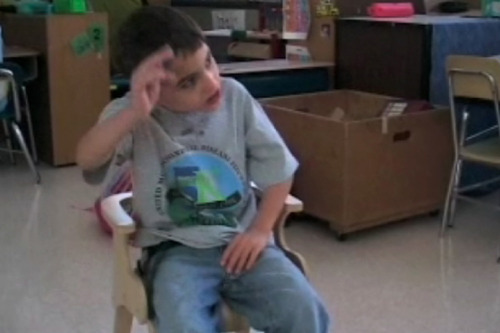
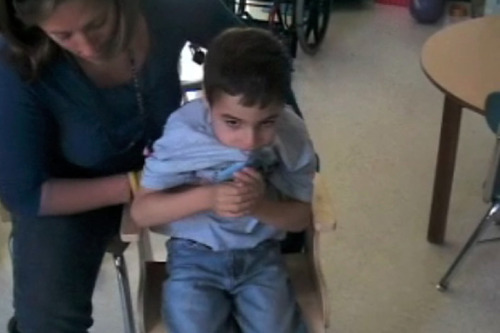

From a video of Garrett using many different available alternatives, I learned that his body is rarely calm enough for him to sit safely without his feet, lap and upper body secure. Initially, it was very important to his therapists not to secure his upper body. Opening their minds took creative approaches to research.
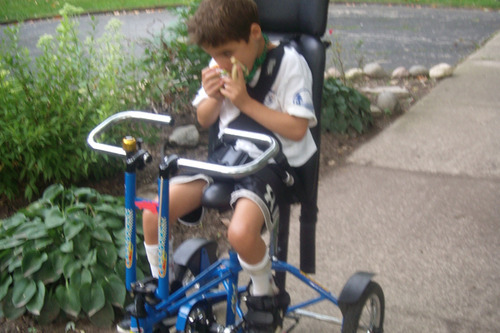
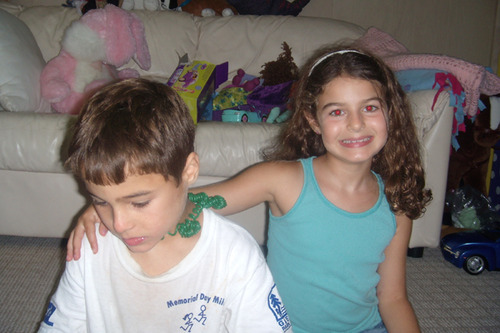

To learn how to tell if Garrett was comfortable I explored Garrett's behavior in other settings, and I interviewed his family, therapists, teachers and peers.
